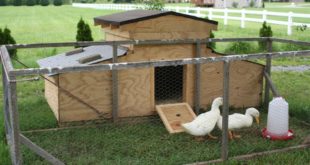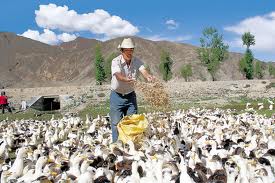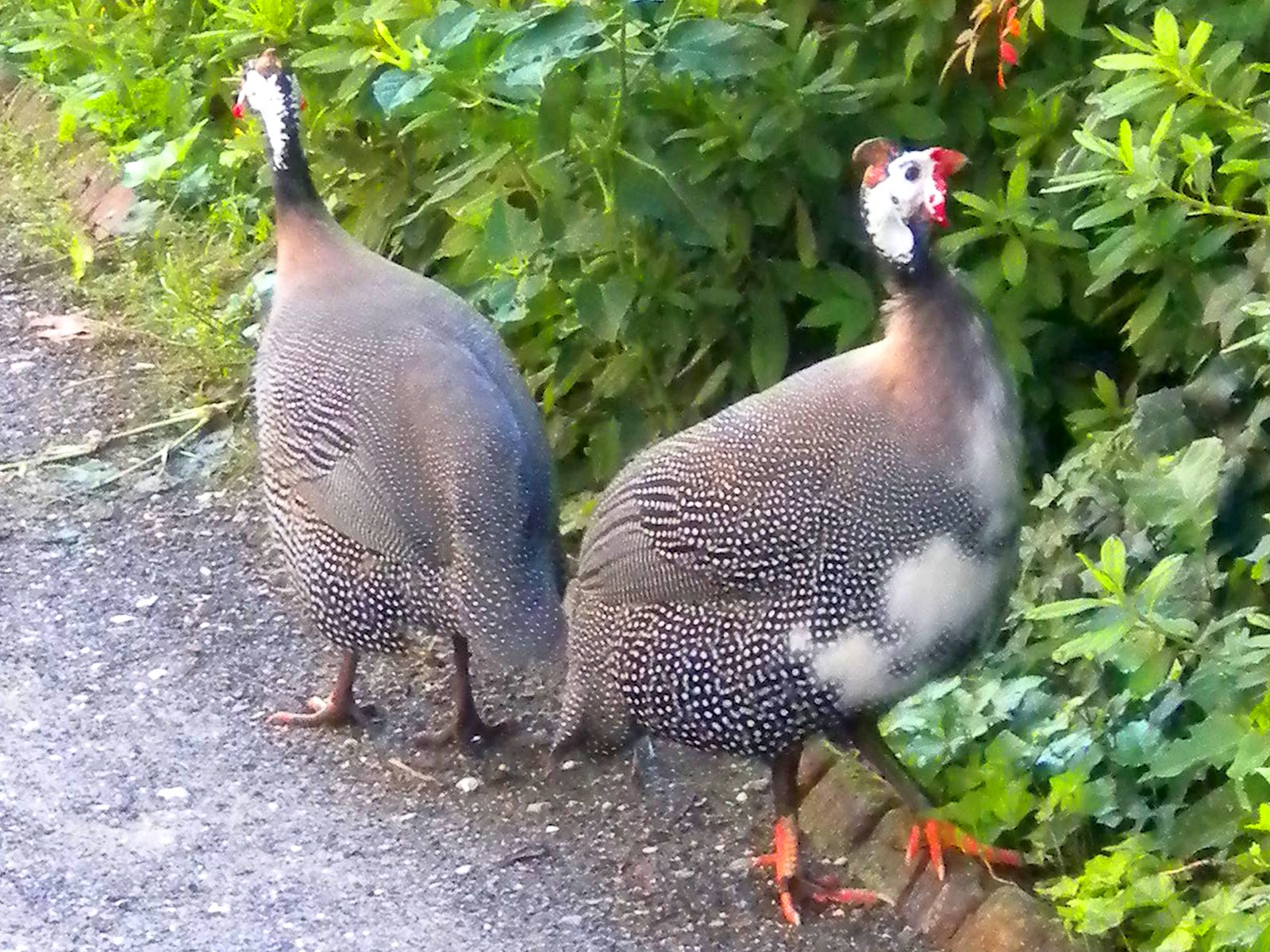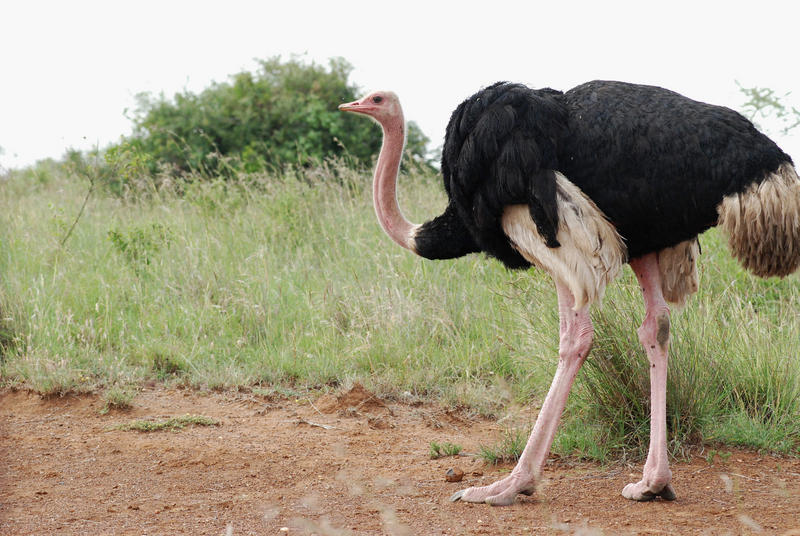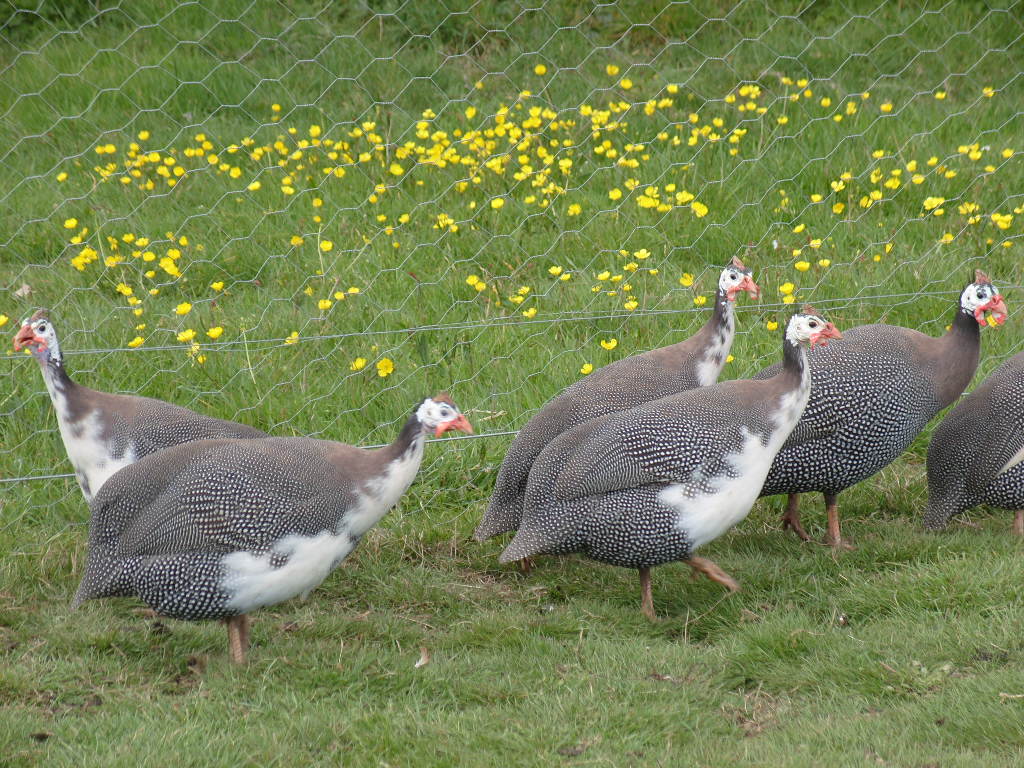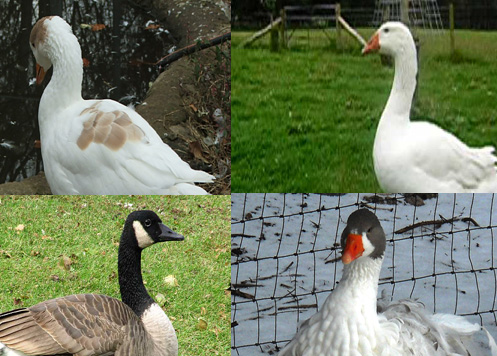Coming up with your own duck house plans and building a duck house on your own is easier and more affordable than you might imagine. As long as you provide your ducks with their basic needs like shelter, food, drinking water and a safe space to protect them from predators, they will be happy in their new home. As these …
Read More »Types Of Poultry
Brooding And Raising Of Ducks
Brooding (0 to 4 Weeks) The ducklings can be brooded on wire floor, litter or batteries with brooding period upto 3 to 4 weeks. They require slightly low temperature of 31°C in first week. Further it is reduced by 3°C each week upto 24°C and kept constant. A usual method is to house ducklings on litter in long narrow house …
Read More »Some interesting facts and benefits of raising guinea fowl
After experiencing a lot of interesting facts about little guys – guinea fowls, I thought of sharing them with all those who are interested in raising them. I would start the guinea fowl facts with the story through which I got to learn a lot about this beautiful and interesting creature. My father bought beautifully dressed in grayish suits, proud …
Read More »Ostrich Products, Characteristics and Breeding
Surely, the ostrich can be classified to be the largest among all the living birds on the face of the earth. The adult males can reach to the height of about 2.4 m together with a weight of about 100 KG. Although they are categorized among the birds, they are unable to fly. The reason for this can be linked …
Read More »Selecting the most suitable breed of turkeys for your flock
Raising some friendly breeds of turkey is really enjoyable. Moreover, if you bring them up at your home based settings, then you would be able to enjoy a number of flavored meats. At the same time, this strategy is also useful in saving some money. In this regard, you can make use of a number of old as well modern …
Read More »Rearing, Incubation and brooding Guinea Fowl
Have you ever noticed what exactly guinea bird looks like? They have that nosy and officious look because their body has gray fur over all, which makes it look like a baggy grayish suit. Most of the time I have seen guinea haste through the backyard. Moreover, as soon as it’s dawn, they start to scour the garden for ticks, …
Read More »10 Popular Domestic Geese Breeds And Their Predators
When it comes to knowing the facts and information about geese, then surely a number of breeds stand out among all others. All of the ancestors of the domestic geese had been derived from the wild species of those times. The European breeds are believed to have originated from the graylag class while the Asian breeds had been obtained from …
Read More »Breeding and Rearing of Geese
Of all forms of the domestic birds, the geese are the ones that can be termed to be the fastest growers. They are quite hardy and can become disease free if kept under constant care. Although a small number of these animals are kept in the poultry settings, there is still a lot of scope for the raising geese industry …
Read More »A brief guide to broiler management/factors considered for broiler rearing
MANAGEMENT OF BROILERS The desired weight at earlier age with efficient feed conversion ratio (FCR) with minimum mortality is prime objectives of broiler rearing. The management system used for commercial broiler rearing is probably more standardized nowadays than any other arrangements in poultry production. They are preferably reared on deep-litter to prevent bruising of muscles due to cages. A trend …
Read More »Caring and Raising Ducklings
Are you contemplating about raising these cute little darlings or how to take care of ducks? At times of the Easter Season, these ducklings do find their way into the beautiful gift baskets. For the purpose of caring and raising ducklings, you should always have all sorts of information about ducks. In comparison to other birds, the ducklings are relatively …
Read More »